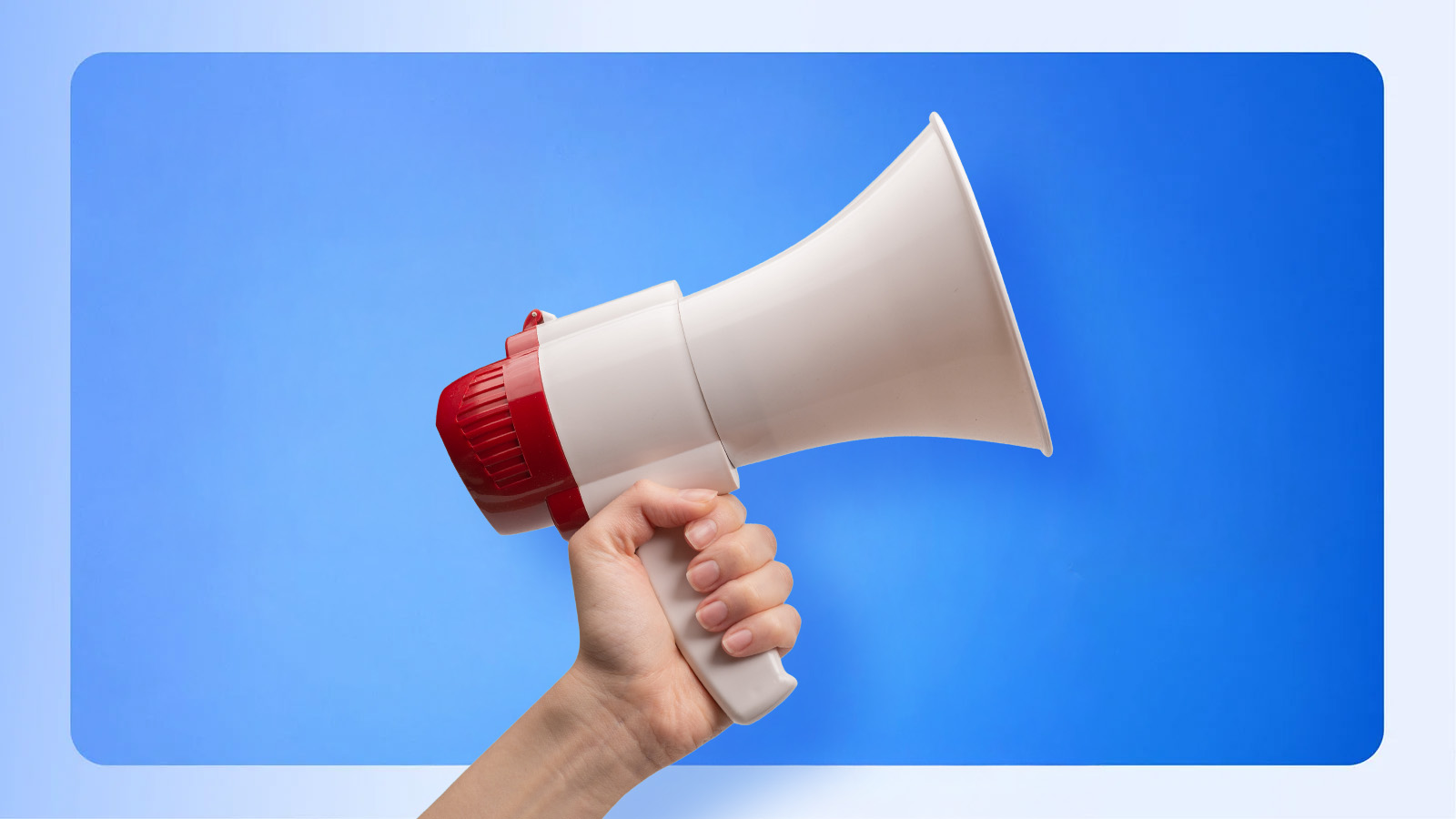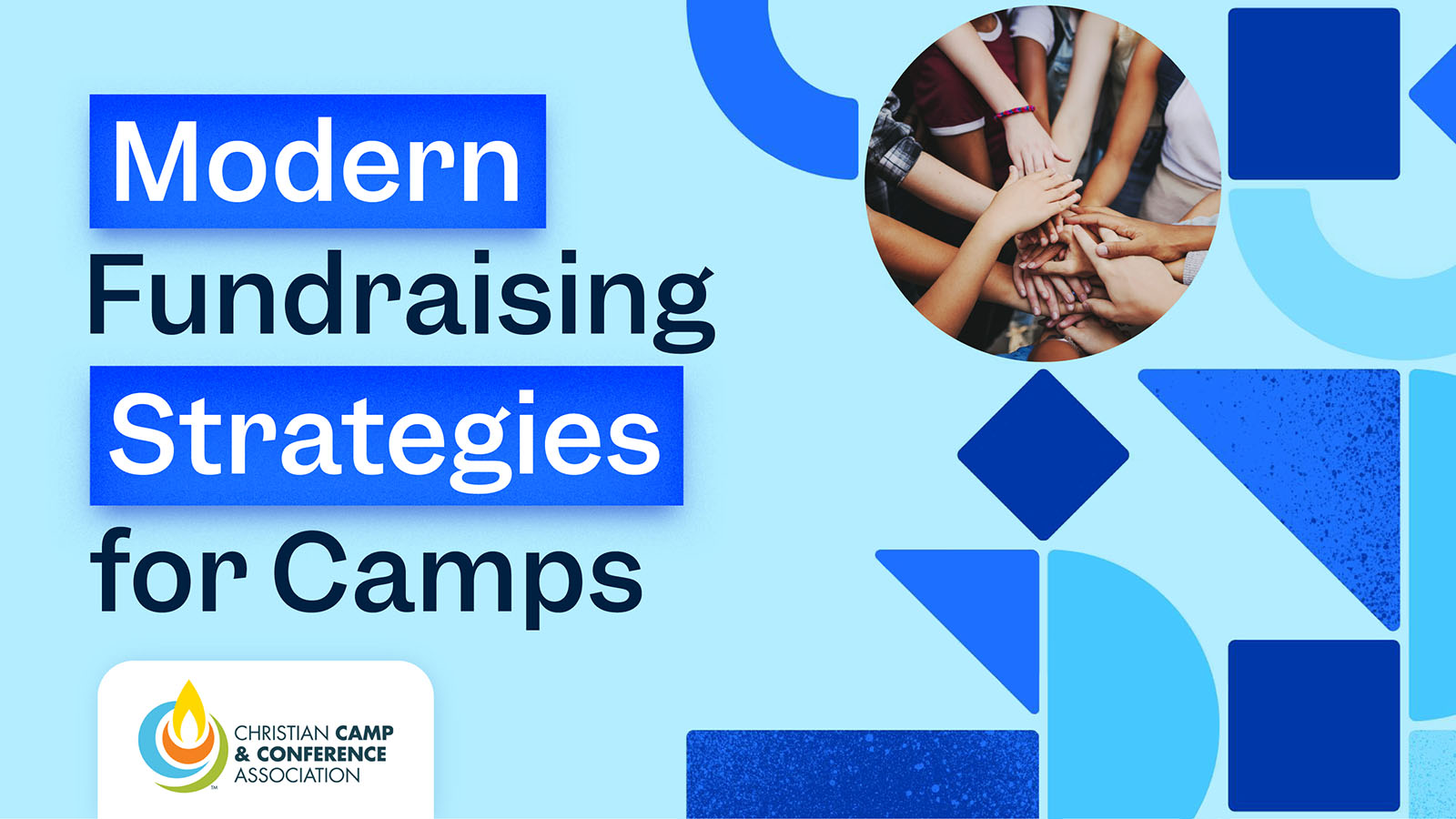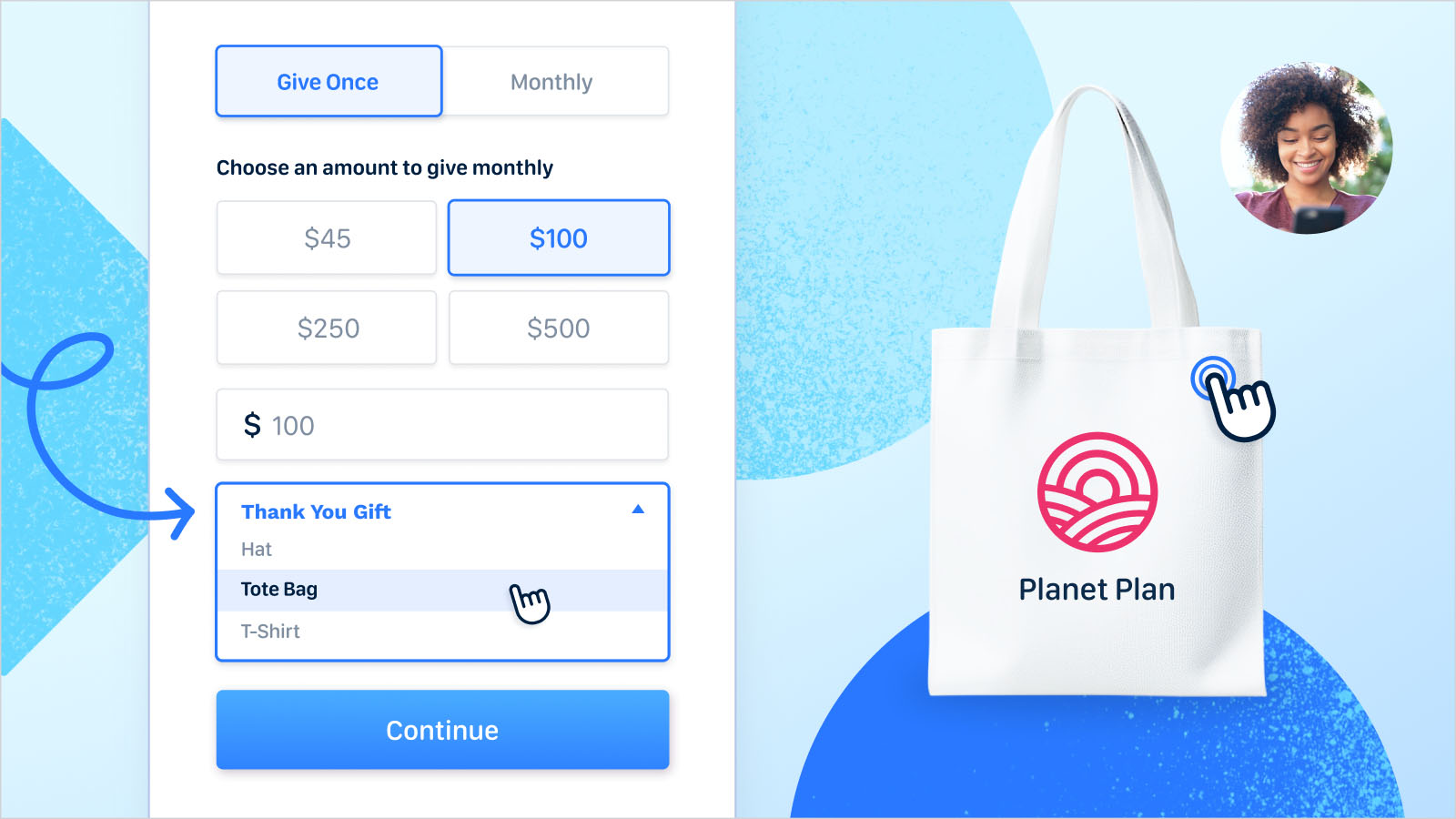Everyone likes to feel special. That’s why chefs stop by to ask how the mushroom risotto was and why bed and breakfasts add a chalkboard sign welcoming their guests by name. When it comes to digital experiences, users want to feel special, too. In the bottomless, roiling depths of the internet, it’s easy to feel anonymous, making that personal touch more important than ever. In fact, a whopping 97% of marketers report “a measurable lift” in business results from personalization (Salesforce). For nonprofits, it’s the key to a great giving experience—not to mention great donor retention rates. So, join us on a personalization journey, tailored to your one-of-a-kind nonprofit experience.
What is personalization?
Personalization, whether it’s IRL or online, is the process of tailoring a product, service, or experience to meet a user’s specific needs and preferences. Digitally speaking, personalization refers to creating customized, relevant experiences based on user behavior and preferences. In other words, it’s like adding a virtual hug to your giving experience.
Why personalize the giving experience?
Because you care about your donors and because you care about your bottom line. Different people have different preferences and motivations, so they respond to different messaging. As a result, a strong personalization strategy will improve your donor’s experience, building loyalty and trust. At the same time, it can increase conversions, improve donor retention, and streamline processes for your organization. Still not convinced? These stats from McKinsey might nudge you in the direction of personalization:
- 76% of consumers said a personalized experience was a key factor in prompting their consideration of a brand.
- 78% said that personalized content made them more likely to become repeat customers.
- 78% said that they’d be more likely to recommend brands that personalize to family and friends.
If we translate those stats into nonprofit-speak, that means personalization equals more donors, more recurring donors, more referrals, and as peer-to-peer passionistas, we also think that last one lends itself to more successful P2P campaigns. We’ll take it!
Signs your nonprofit could benefit from personalization
Personalization sounds great, right? If you’re wondering whether your organization is ripe for the personalizing, the answer is probably yes. But here are some more specific signs that you could benefit from a personalization strategy.
- Your website has multiple audiences, leading to a confusing digital experience with different calls to action.
- Conversion rates are not where they should be. (Website visitors who interact with a Funraise donation form complete a donation 50% of the time.) This can be a sign that your content isn’t resonating with your audience.
- Changing market conditions mean your website’s always on the cusp of feeling outdated and irrelevant, so you’re constantly scrambling to keep up.
- Donor retention rates are low. Maybe you need a more personalized experience to keep everyone engaged and coming back for more? See how Innocence Project increased retention rates!
- Low engagement rates, whether it’s your monthly newsletter or your social posts.
Personalization takes a (highly strategic) village
So, there are a lot of different reasons to consider personalization, a lot of different channels, and a lot of different ways to go about it. You’re probably sensing a theme here: personalization is complex, and embarking on this journey requires more than a one-hour stakeholder meeting. As part of your personalization efforts, you’ll have to do a bunch of other work. That means things like defining audience personas, rethinking your organizational goals, and doing governance planning. Then, crucially, you’ll need to have the technology and tools in place to experiment, analyze, and push your efforts out into the world in all their glory.
But don’t be intimidated! Personalization is a long-term commitment, so just keep at it and those small wins will lead to massive victories.
10 personalization best practices for nonprofits
Creating and implementing a personalization strategy is no small feat, but we have a few tips and tricks to help you wield this powerful tool to the best of your ability. Here are some best practices to keep in mind when it comes to personalization.
- Start small
- Get your data together
- Establish your audience
- Narrow down your audience
- Pull in external data
- Integrate personalization into your existing goals
- Get the timing right
- Practice Privacy
- Test, test, test
- Stay the course
1. Start small
If personalization seems overwhelming, fear not: you can start small! In fact, you’re probably personalizing some parts of your user experience already. Do you address donors by name in your communications? Boom, personalized!
2. Get your user data in order
Since personalization is built around user behavior, you need to spend some time deep in your user data to understand different audiences and what they want. So, grab those Fundraising Intelligence reports, because the better your data, the better your ability to…
3. Nail down your primary audiences
As a thriving nonprofit, you know all about donor segmentation, so you have a major leg up when it comes to personalization. By segmenting your users, you can figure out what type of personalized experiences you’ll need to craft.
4. No, like, REALLY nail down your audiences
The more specific you can be, the better. For instance, if you’re targeting new donors with your personalization campaign, is this their first time on the site, or have they visited before? Are they on mobile or desktop? Where did they access your site from? (Yeah, it’s a rabbit hole, but it’s a rabbit hole that can lead to a wonderland of success!)
Bonus! Funraise has your back with this one. Think customizable T2G codes that trigger a personalized donation form, signals that recognize repeat donors, and even donation forms that respond to your audience's giving rhythms—for example, zakat al-mal calculated for your donors' Ramadan giving.
BonusBonus! We use a machine learning model that draws in environmental and personal attributes like device type, time of day, and the visitor’s relationship with your org. Then we deliver a personalized ask string to get you the most donation dinero while making your donor feel like a winner.
5. Consider external data, too
Your data is a great jumping-off point, but you can make your personalized user experience even better by incorporating insights from larger external data pools.
6. Align your personalization efforts with specific goals
Just like you rely on SMART goals to keep your org on track, you should build your personalization strategy around specific organizational goals rather than broad strokes. And don’t bite off more than you can chew! With each personalization campaign, aim to impact one goal.
7. Remember timing matters
Personalization isn’t just about what you’re saying; it’s about when you’re saying it. It will be most effective when you’re using real-time data to deliver a personalized message at the right moment.
8. Keep some things private
Personalization requires you to walk a fine line between making the user feel seen and not making them feel stalked. Be transparent about how you collect and use user data, and let them easily opt out of any personalized experiences should they wish to do so.
9. Test, test, test
Personalization is not a one-and-done deal. You need to test what works, optimize your efforts, and then test again. This iterative process takes time and some tech savvy, but trust, it’s worth it.
10. Stay the course
We’ve said it already, but this bears repeating: Personalization is a long-game tactic. It’s such a big task that there’s no way you can just boop and have it all done perfectly in a day. (Or a week. Or even in a campaign.) Being kind to yourself as you learn will help you stick to it.
Where you can personalize the user experience
There are a whole lot of places you can implement personalization, and your efforts can run the gamut from basic AF to incredibly complex and extremely advanced. Here are some places you can consider personalization:
- Website experience
- Email and print marketing
- Social media
- Online chatbots
- Event marketing
- Mobile app experience
- CTAs
- Surveys
- Donation forms
- Peer-to-peer fundraising pages
- SMS messages
Within these areas, there are several personalization variables, including:
- Language/messaging
- Design/imagery
- Layout/formatting
In terms of your audience, keep in mind that many factors influence a person’s user experience. In addition to the type of user (i.e., donor vs. volunteer vs. client), consider:
- Their location
- Whether they’ve visited your site before
- Their history with your organization (are they a P2P fundraiser? A recurring donor? A LYBUNTY?)
- Whether they’re on desktop or mobile
- Whether their mobile usage is via app or web
- The time of day and day of week
How can AI help with personalization?
Wondering if ML, NLP, and AI can help personalize your UX? Absolutely they can! When it comes to large sets of data, AI is your BFF. Here are just a few ways it can help with personalization.
- Chatbots can use AI and ML to provide personalized responses to user questions. By analyzing user data and previous interactions, chatbots can provide accurate and relevant answers, making every one of your users feel seen, heard, and supported.
- Thanks to predictive modeling, AI can help predict future user behavior and preferences based on historical data. Then, these predictions can be used to personalize the user experience, such as showcasing relevant client impact stories.
- AI can help you run more targeted ad campaigns, identifying potential donors based on historical data. It can also help you share ads in the format that’s most likely to make an impact.
- AI can provide personalized recommendations for users by analyzing their behavior and data. Whether it’s merch in your online shop or content that’s relevant to their needs, they’ll see what they’re looking for right away.
Personalization might sound like just another buzzword, but it’s part of our digital future. By tailoring your content and experiences to each individual, you’ll deepen relationships, improve engagement, build loyalty, and drive impact. So, don't be afraid to get personal—your supporters (and your revenue) will thank you!
Personalization for nonprofits: Key takeaways
- Personalization is not just a trend; it's a must-have in today's digital age.
- While personalization can have immediate effects, it’s a long-game tactic that it’s ok to wade into at your own pace.
- Personalization is the process of tailoring a product, service, or experience to meet a user's specific needs and preferences.
- For nonprofits, personalization is the key to improving the user experience, building loyalty and trust, increasing conversions, and streamlining processes.
- AI can help nonprofits create personalized experiences by analyzing user data and behavior, making recommendations, and automating certain tasks.































.webp)
.webp)











.webp)
.webp)

.webp)
.webp)
.webp)




